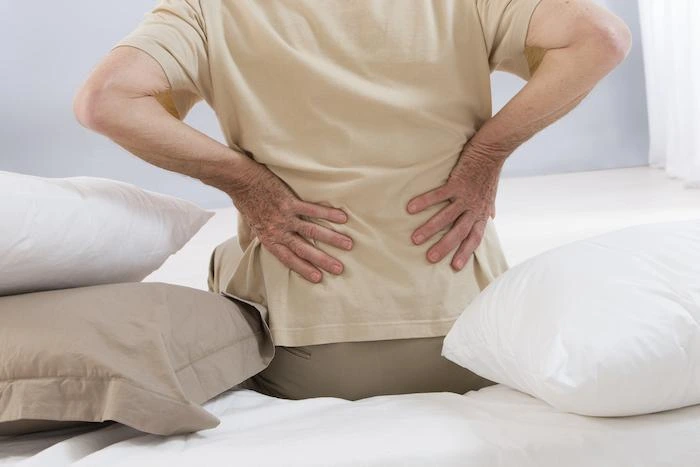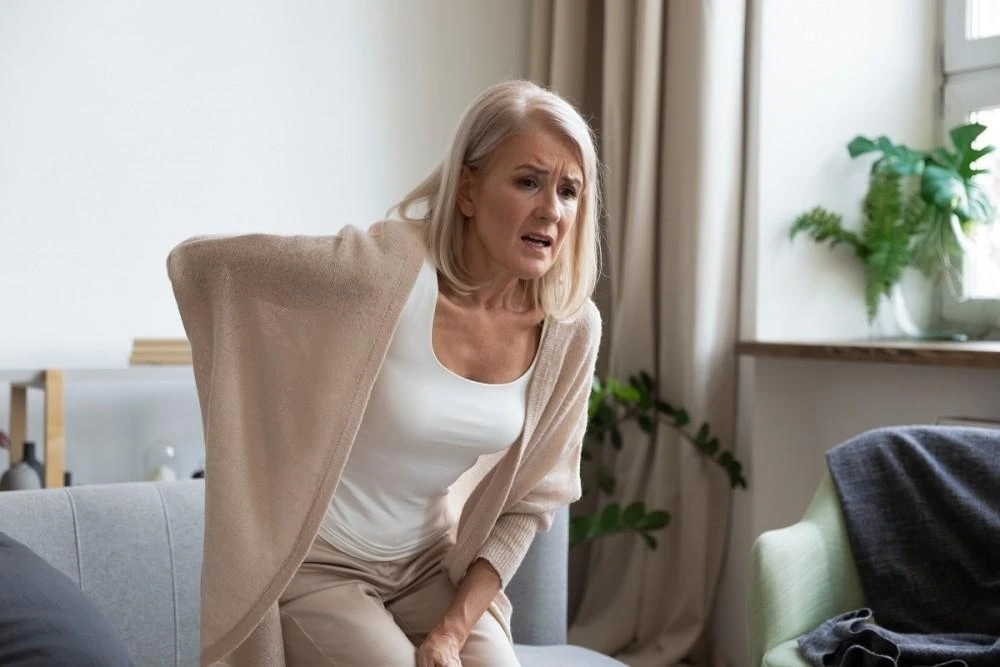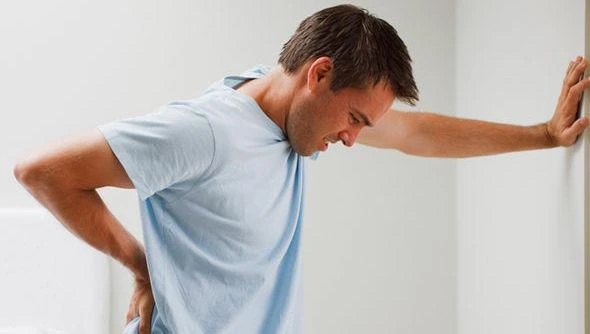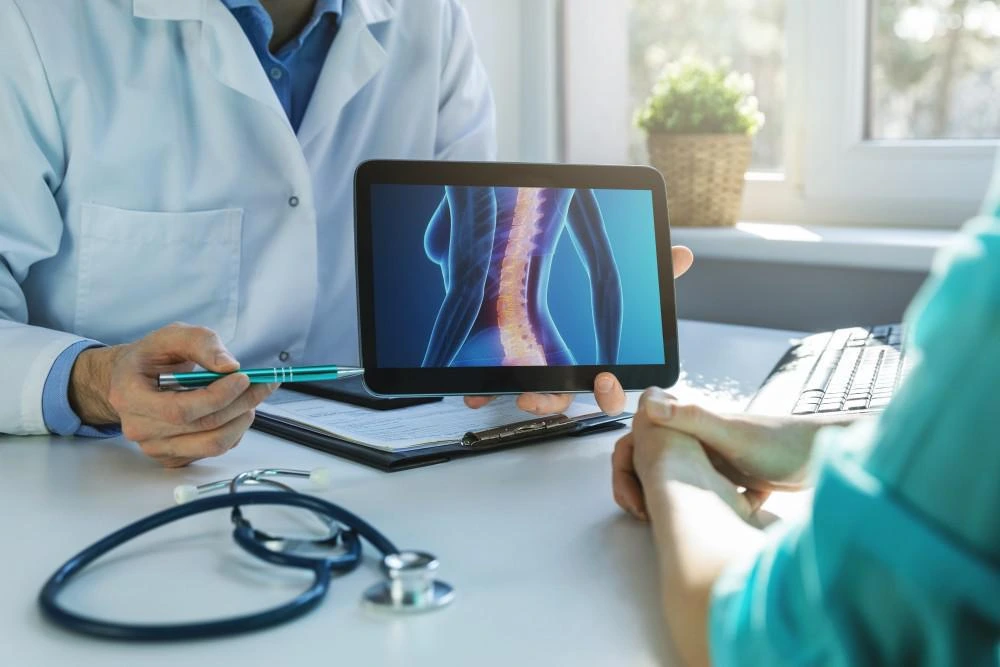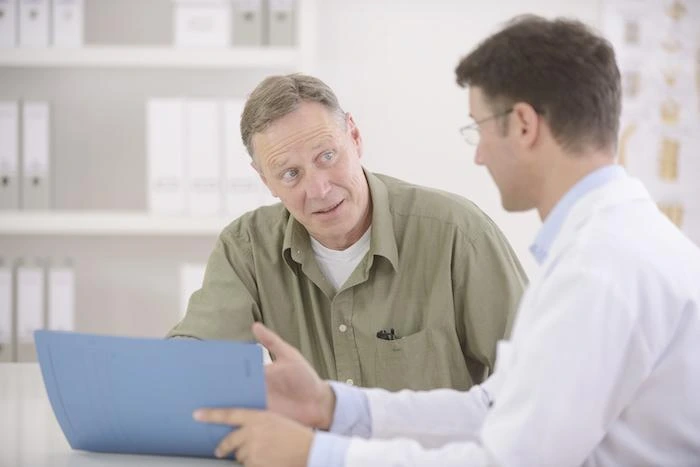You get out of bed in the morning and you stretch up tall, only to be met by pain in your lower back, which may travel down your leg. Quickly, you hunch back over to find relief. And this occurs throughout the day, preventing you from moving freely and without pain. The likely culprit is lumbar spinal stenosis, and the good news is that we offer a solution — the Vertiflex™ procedure.
At Bux Pain Management, Dr. Anjum Bux heads our team of highly qualified pain management specialists, and we pride ourselves on offering the latest, evidence-based services to help relieve back pain. And there’s no better an example of this than our Vertiflex procedure, which helps our patients take to their feet with confidence knowing that pain won’t be an issue.
Here’s a look at why the FDA-approved Vertiflex implant is so successful in remedying stenosis-related back pain.
Lumbar spinal stenosis at a glance
When it comes to chronic lower back pain, there are many potential causes, and lumbar spinal stenosis (LSS) certainly ranks among the more common. The term stenosis indicates “narrowing,’” which, when applied to your back, means narrowing in your spinal canal.
As this passageway narrows, it can compress or irritate highly sensitive nerves in the area, which can lead to:
- Pain in your lower back
- Pain that radiates down your leg
- Pain that’s relieved when you sit or bend over
- Numbness or tingling in your lower back and leg
- Cramping in your leg or foot
- Weakness in your lower extremities
There are several reasons why you may develop LSS, chief among them:
- Degenerative disc disease
- Facet joint arthritis
- Thickening ligaments in your lower back
- Degenerative spondylolisthesis
No matter how your lumbar spinal stenosis developed, if the results are impacting your life in meaningful ways, we can help with Vertiflex.
Taking the pressure off with Vertiflex
As evidenced when you sit down or bend over, the goal with LSS is to relieve the pressure on the nerves that are compressed or irritated by the narrowing in your spinal canal.
With Vertiflex, we implant a small device that creates more room for your nerves, allowing you to stand up and walk with more ease.
We perform the minimally invasive Vertiflex procedure on an outpatient basis, but we do use general anesthesia, which means you should arrange for someone to drive you home.
During your procedure, we turn to fluoroscopy (live X-ray) to ensure accurate placement of the Vertiflex implant. Once we position the device, we release two “arms” that hold the implant in place between your vertebrae.
After your Vertiflex procedure, you’re free to return home with complete aftercare instructions, which guide you on activities you should steer clear of as you heal (think heavy lifting or other strenuous endeavors).
The numbers are in — and they’re impressive
To give you an idea about how successful Vertiflex is, the manufacturer, Boston Scientific, conducted randomized controlled trials that found the following results:
- 66% back pain improvement
- 75% leg pain improvement
- 85% opioid reduction
- 90% satisfaction rate
More impressive, these numbers were sustained over five years.
If you’d like to explore whether our Vertiflex procedure can remedy your back and leg pain and allow you to return to a more active lifestyle, contact one of our three locations in Lexington, Cynthiana, and Danville, Kentucky.

